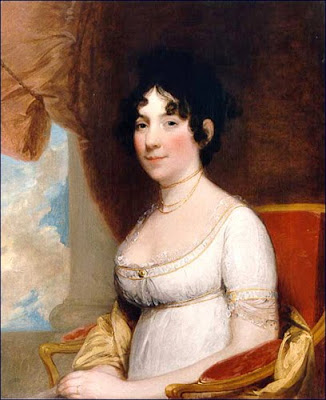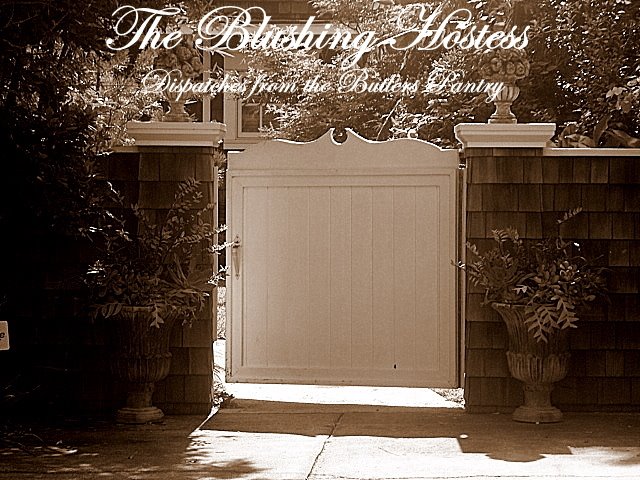
As the wife of the Secretary of State, Mrs. Madison had no formal, official duties, but she assumed, nevertheless, a special position. This was due in part to the fact that Thomas Jefferson was a widower whose own daughters lived with their families in central Virginia, and in part to Jefferson's determination to create a new republican society established on the principle of equality. This meant discarding traditional rules of protocol and creating innovative standards of dress and etiquette. Mrs. Madison became the most important woman in Washington society during these years and often acted as Mr. Jefferson's hostess.
There were thus occasions when, because of her unusual but important social role, combined with Jefferson's conscious disregard of diplomatic protocol, Dolley Madison became involved in some of the political and diplomatic issues of the day. One such example came soon after the British sent Anthony Merry, their first minister to Washington, D.C., in 1803. After first receiving Mr. Merry in the White House, the president had the British minister and his wife for dinner. When it was time to go in for dinner Jefferson -- who should have escorted Mrs. Merry -- turned to Mrs. Madison and offered her his arm. This was a flagrant breach of etiquette and a statement of democratic principals. Shortly thereafter Jefferson issued his "Canons of Etiquette" in which he declared the rule of "pele-mele", a standard for a nation, as Jefferson wrote James Monroe on January 8, 1804, which would ensure "that no man here would come to dinner where he was to be marked with inferiority to any other."
That dinner, and the one hosted by the Madisons a few days later when they, in turn, had the Merrys to supper, created a political and diplomatic furor. Mrs. Madison's role carried specific significance as part of a series of actions announcing a new independent status in U.S. foreign policy.
- The Dolley Madison Project, The Virginia Center for Digital History





No comments:
Post a Comment